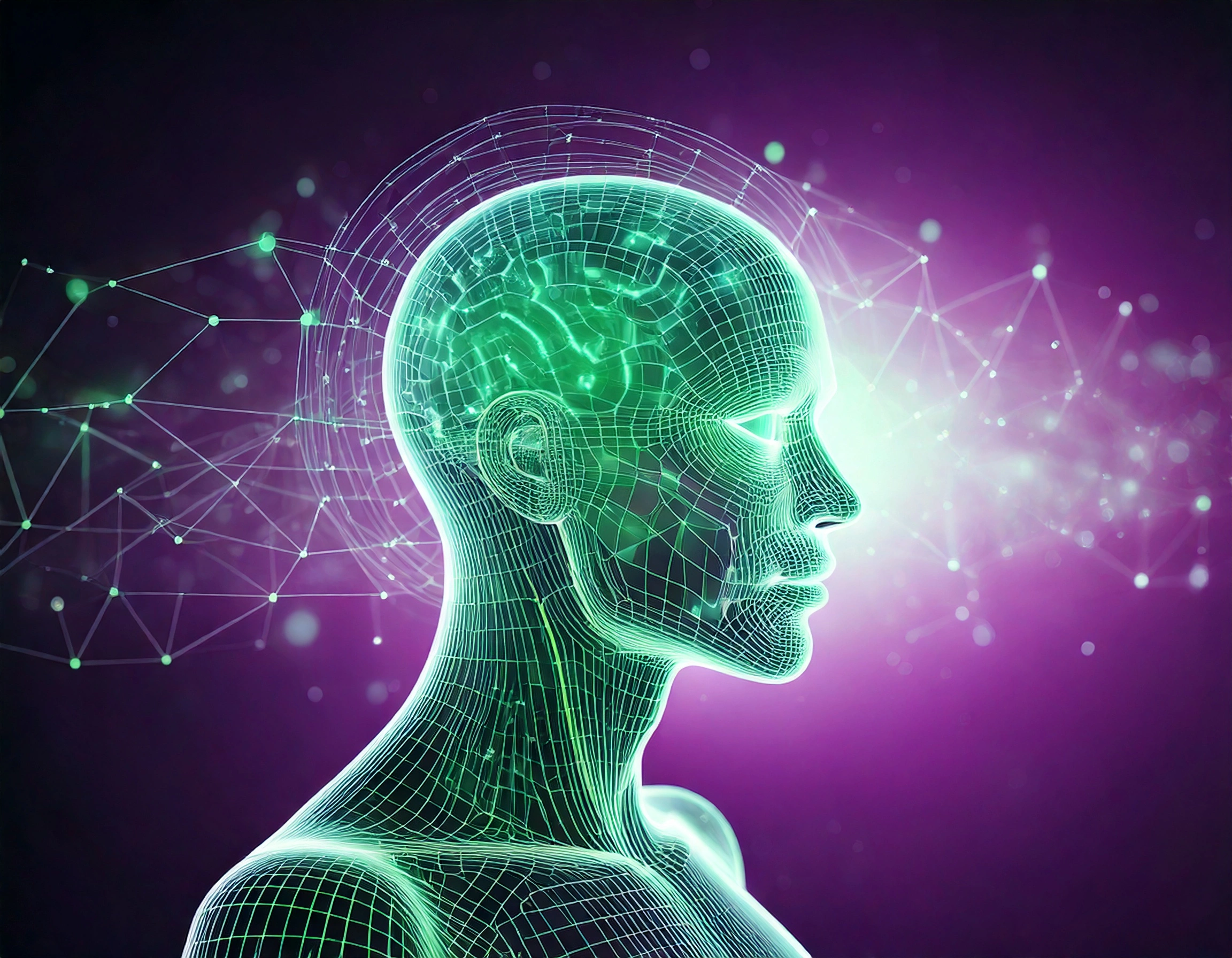Artificial Intelligence (AI) and Machine Learning (ML) are buzzwords that have gained significant attention in recent years. However, there is often confusion surrounding the distinction between these two terms. In this blog post, we will delve into the nuances of AI and ML, clarifying their differences and exploring how they work together to revolutionize various industries.
Defining Artificial Intelligence:
Artificial Intelligence refers to the broader concept of creating intelligent machines that can mimic human intelligence. It involves developing systems capable of perceiving their environment, understanding and interpreting data, reasoning, and making decisions. AI aims to simulate human cognitive abilities such as problem-solving, learning, and speech recognition.
Understanding Machine Learning:
Machine Learning, a subset of AI, focuses on the development of algorithms that enable computers to learn from data and improve their performance without explicit programming. ML algorithms are designed to analyze large datasets, identify patterns, and make predictions or take actions based on the learned patterns. ML is all about teaching computers how to learn and make decisions autonomously.
Key Differences:
- a. Approach: AI encompasses a broader range of technologies and techniques aimed at creating intelligent machines, while ML is a specific approach to achieving AI by training systems with data.
- b. Data Dependency: AI algorithms may or may not rely heavily on data, whereas ML algorithms require large datasets to learn and improve their performance.
- c. Autonomy: AI systems can exhibit autonomous behavior and decision-making capabilities, whereas ML systems rely on predefined algorithms and patterns.
- d. Complexity: AI tackles complex tasks that involve reasoning, problem-solving, and decision-making, whereas ML focuses on pattern recognition and prediction tasks.
Relationship between AI and ML:
AI and ML are interrelated concepts, with ML being a crucial tool for achieving AI capabilities. ML algorithms are the building blocks of AI systems, enabling them to learn from data and make intelligent decisions. ML techniques, such as deep learning, support the development of AI applications like speech recognition, image classification, and natural language processing.
Real-World Applications:
-
AI and ML find applications in various domains, including:
- Healthcare: AI helps diagnose diseases, predict patient outcomes, and improve treatment plans.
- Finance: ML algorithms analyze market trends, detect fraud, and provide personalized financial advice.
- Autonomous Vehicles: AI enables self-driving cars to perceive the environment and make real-time decisions.
- Customer Service: AI-powered chatbots and virtual assistants improve customer interactions and support.
Conclusion:
Artificial Intelligence and Machine Learning are closely related but distinct concepts. AI encompasses a broader scope, aiming to create intelligent machines, while ML focuses on training systems with data to make predictions and decisions. Understanding their differences and relationship is crucial for leveraging their potential in transforming industries and shaping the future.
By harnessing the power of AI and ML, we can unlock new possibilities and drive innovation across sectors, ultimately redefining the way we live and work in the digital age.






